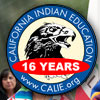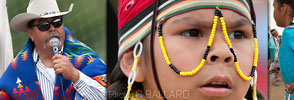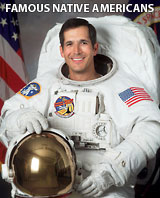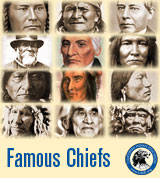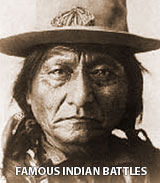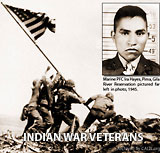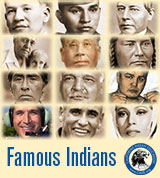|
WEBMASTER'S NOTE ABOUT THE CAMERAS Edward Curtis used to document the American Indian peoples:

Courtesy The Curtis Collection.
ACTUAL CURTIS CAMERA
Pictured above is one of the actual cameras Edward Curtis used in his photography of Native Americans -- a 6.5x8.5-inch format dry glass plate technology.
Sturdy tripods were required because of the long exposure times to produce a proper images on the negative -- the lens caps served as the shutter speed control -- common exposure times ranged from 5 to 20 seconds.
In still photography -- timing is everything -- that hasn't changed. When Curtis said "now" the subject(s) had to remain perfectly still until he put the lens cap back on the lens. If their was any movement it would blur and ruin the picture.
That's why you see a lot of photos from this era taken with closed eyes -- those are probably the "safe" exposures the photographers took because if the subject moved their eyes during the exposure they would look like ghost spirits.
Taking a 5-20 second exposure -- with no movement in the portrait was (and still is) a real feat.
These large "VIEW CAMERA" formats are still in use today by top commercial studios because of their fine image quality, focus and distortion controls -- as a matter of fact -- this is also general type of camera Ansel Adams used.
These cameras are used with a large black cloth or curtain that attached to the camera back to help shield light from the ground glass / focusing screen to allow the photographer to see the faint projected image on the glass (reversed and upside down) so the scene can be composed and focused.
In the late 1800s, the light-sensitive negative material would have to be mixed in a field darkroom, a process that required total darkness.
The photographer would have to actually mix and then paint the negative material onto glass plates to create usable "film."
Then the huge glass plates would then have to be loaded into dark film holders and placed in the camera, exposed, and then developed in their field darkrooms.
Further, all the chemicals and solutions would need protection from the heat and elements and the glass film plates protected on the bumpy trails.
So you know, it was actually a truly great feat to do what Edward Curtis did in the wild west -- to get access and cooperation from the Indians and setup the pictorial scenes -- and then have his negatives survive the trail (and time)....
|
